1.   True or False? In SAP Integrated Planning Cycle the planning process begins with a Profit Plan.
False, in SAP Integrated Planning Cycle the planning process begins with a Sales Plan
2.   True or False? Sales volumes calculated in sales planning or order volumes stored in the Sales Information System (SIS) can be fed into Production Process.
True, sales volumes calculated in sales planning or order volumes stored in the Sales Information System (SIS) can be fed into Production Process.
3.   True or False? A version is a comprehensive set of planning data.
True. A version is a comprehensive set of planning data.
4.   True or False? There can be multiple plan versions for “what if analysisâ€.
True.
5.   Each plan version has information set by _____________.
Each plan version has information set by fiscal year.
6.   Describe plan revaluation and its use in CO planning.
Revaluation is the process of increasing or decreasing a plan based on a percentage. Different percentages may be specified by cost center or by cost element.
Example: Management states that all planned costs will be at 95% of last year’s planned costs. To implement this directive, copy last year’s planned data into another version. Then revalue the new version by -5%.
Revaluation percentages may be changed at any time. A repeated revaluation with a different percentage reverses all previous revaluations. Revaluations are always based on the original plan values. To prevent resetting the results of a revaluation (during a repeated revaluation), a new revaluation with a different percentage can be defined.
•   Value Column: Planning amounts or quantities for the associated lead column(s).
•   Lead Column: Contains information describing the nature of the amount in the associated value column, such as cost center, cost element or activity type.
7.   Describe what a planning layout is.
A planning layout determines the column and row structure for entering plan data. A layout must be defined for each type of planning to be performed.
8.   Describe what a planning profile is.
Planning profiles are used to group planning layouts together. Planning profiles also determine the effective dates or time frame for planning. Multiple planning profiles may be created. Planning profiles can be assigned to user groups.
9.   True or False? The planning profiles must be set in the application side for planning to take place.
True, the planning profile to be used must be set into the system from the application side before planning can occur, this tells the system which profile you will be using and defaults in the correct layouts.
10.   Describe the steps involved in setting up a plan.
•   Define Planner Profile: Assign the layouts previously created to the profile, up to 3 layouts (one for each type of planning), may be assigned.
•   Set Planner Profile: Defaults in the appropriate layouts in each area based on the profile.
•   Planning Transactions: Enter planning data as required.
11.   Define Statistical Key Figure planning.
Statistical Key Figure Planning – Statistical key figures are used in the calculation of plan activity and as allocation bases for distributions and assessments.
12.   Define Activity Type Planning.
Activity Type Planning – Planned activity output for a cost center will determine the planned volume of costs. Activity for a sending cost center must be planned before secondary cost planning can take place.
13.   Define primary and secondary Cost Planning.
Primary/Secondary Cost Planning – This type of planning is performed last, since activity quantities are required to plan costs.
14.   Define Activity Dependent Cost, Activity Independent Cost and Mixed Cost.
•   Activity Dependent Costs are variable costs and they are costs that fluctuate based on activity. The greater the activity, the greater the cost. Example: Direct Labor costs that increase as production increases.
•   Activity Independent Costs are Fixed Costs. Activity independent costs DO NOT fluctuate based on activity. Example: Insurance expense – regardless of output, insurance premiums will not change.
•   Mixed Costs are a combination of both fixed and variable costs, therefore displaying the characteristics of both. Example: Utilities expense – the basic cost of heating a building (fixed portion) would increase as production increases (variable portion).
15.   ___________ are used by the system to spread planned amounts across periods.
Distribution Keys are used by the system to spread planned amounts across periods. It allows for the entry of planned annual figures, which are then automatically spread across months.
16.   The two automated methods for planning primary costs are _____________.
There are two automated methods for the planning of primary costs, imputed cost calculation and distribution. Cost which has no direct equivalent in FI, such as imputed rents. Cost which has a different equivalent in FI, primarily as it relates to the timing of cost. Imputed cost calculations are used to smooth the effect on cost centers for large, one-time charges, such as insurance premiums or employee bonuses. By smoothing one-time expenses in CO, price fluctuations from period to period can be avoided.
Distribution is the allocation of primary costs from a clearing cost center to the cost center responsible for incurring them. The identity of the primary cost is retained at the receiving cost center. Distribution may be used for allocating planned or actual primary costs only. Distribution simplifies the process of planning primary costs that are attributable to more than one cost center. Instead of manually planning individual amounts to many different cost centers, the total planned expense is planned to a clearing cost center, and the allocation to the receiving cost centers is performed automatically through a distribution cycle. Clearing cost centers (also called pooled cost centers) act as temporary holding areas for costs, they are not responsible for the costs but only exist to facilitate distributions and other allocation methods.
17.   Define an Assessment and an Assessment Rule.
Assessment is the allocation of cost from one cost center to one or more other cost centers. The original cost center or the nature of the costs themselves are not retained, but are reclassified as a secondary cost element. Assessment is designed to group together and reclassify costs while simultaneously allocating them. Assessment may be used to allocate both planned and actual primary and secondary costs.
An assessment rule, using fixed amounts, statistical key figures or percentages, is defined to break down the assessment among the receiving cost centers.
18.   Define a Cycle and a Segment
Cycles and Segments are utilized by the SAP system to perform automated allocations, such as distributions, assessments and repostings (covered in Ch.5) of both planned and actual costs.
A cycle may be defined as a holding place for the various rules that will define an automated allocation. Cycles are comprised of segments, each segment represents one set of data needed to complete the automated allocation.
A segment consists of the following:
•   Allocation Characteristics – Identification of sending and receiving cost centers.
•   Sender Values – What types of costs will be allocated, whether they are planned or actual amounts, and what percentage of total sender costs will be allocated.
•   Receiver Values (Tracing Factors) – The basis for allocation – percentage, fixed amount or statistical key figure.
19.   Describe plan reconciliation.
The plan reconciliation is used to check and reconcile the internal activity exchange. With the plan reconciliation, you can adjust the entire plan activity quantities automatically on the basis of scheduled activity on the cost centers.
20.   What is done in the final step of the planning process?
The planning process is completed by performing an Activity Price Calculation within the system. This process calculates an activity price based on planned activities and costs and uses the calculated price to valuate planned secondary costs at receiver cost centers. Alternatively, a political activity price may be used in place of a calculated activity price, but the procedure must still be performed.
21.   What is budgeting?
Budgeting may by implemented to augment the planning process. The CCA module supports budgeting at the cost center level. From an SAP standpoint, budgeting represents a top down approach to controlling costs, whereas planning represents a bottom up approach to cost control.



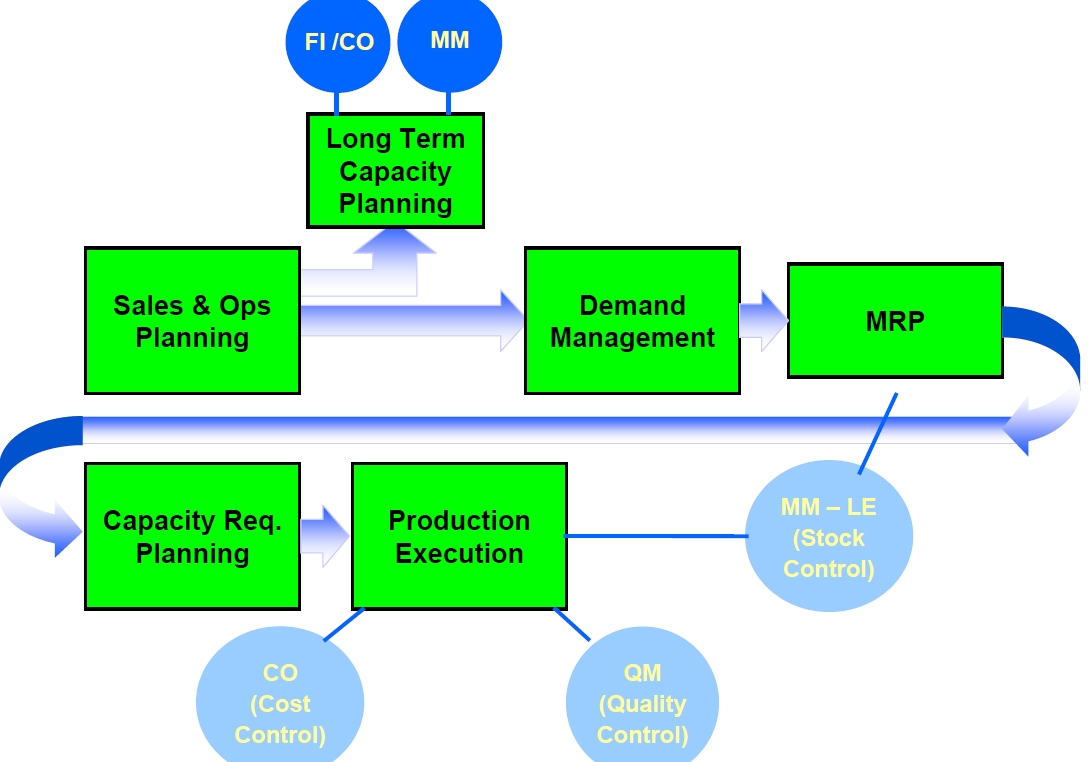

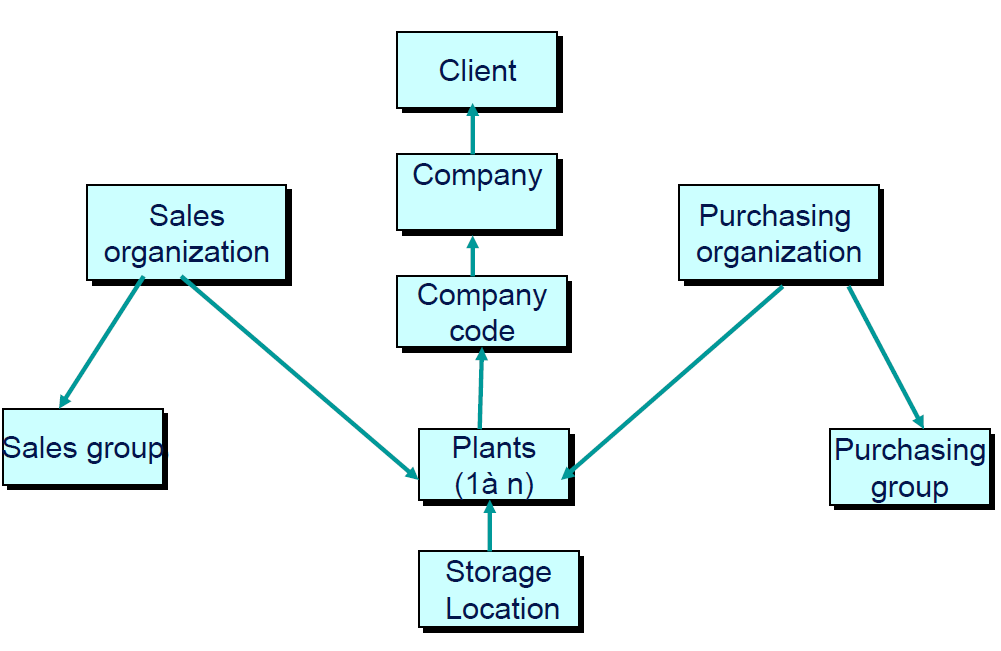
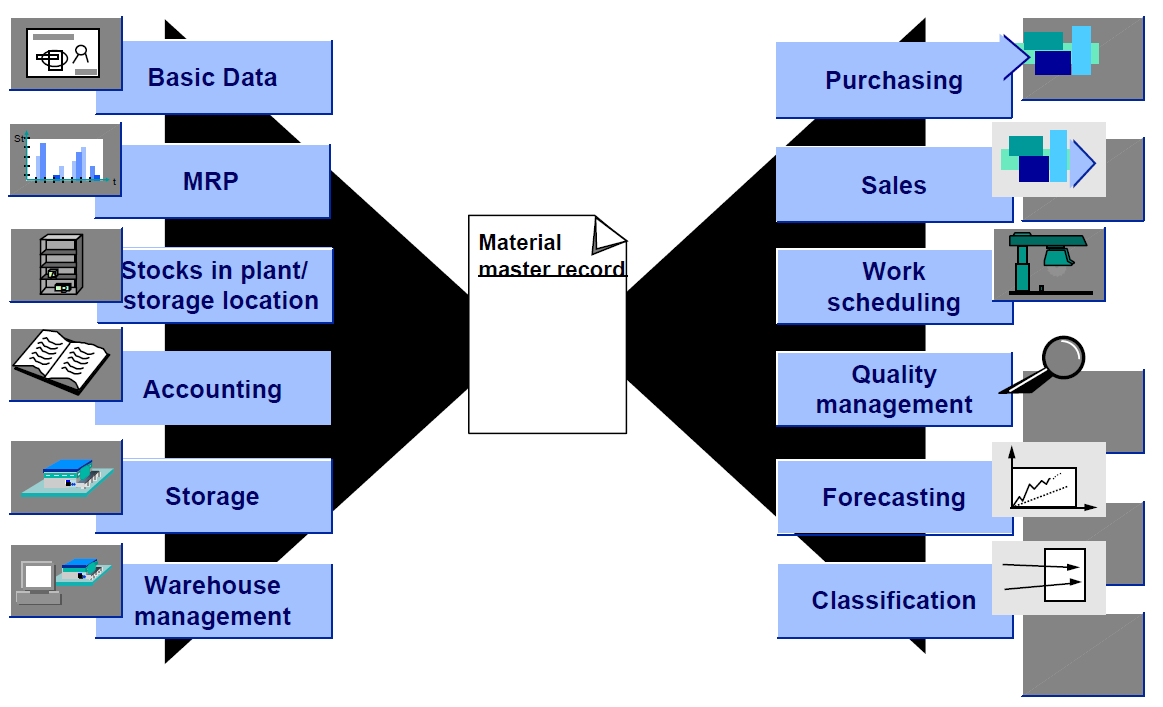
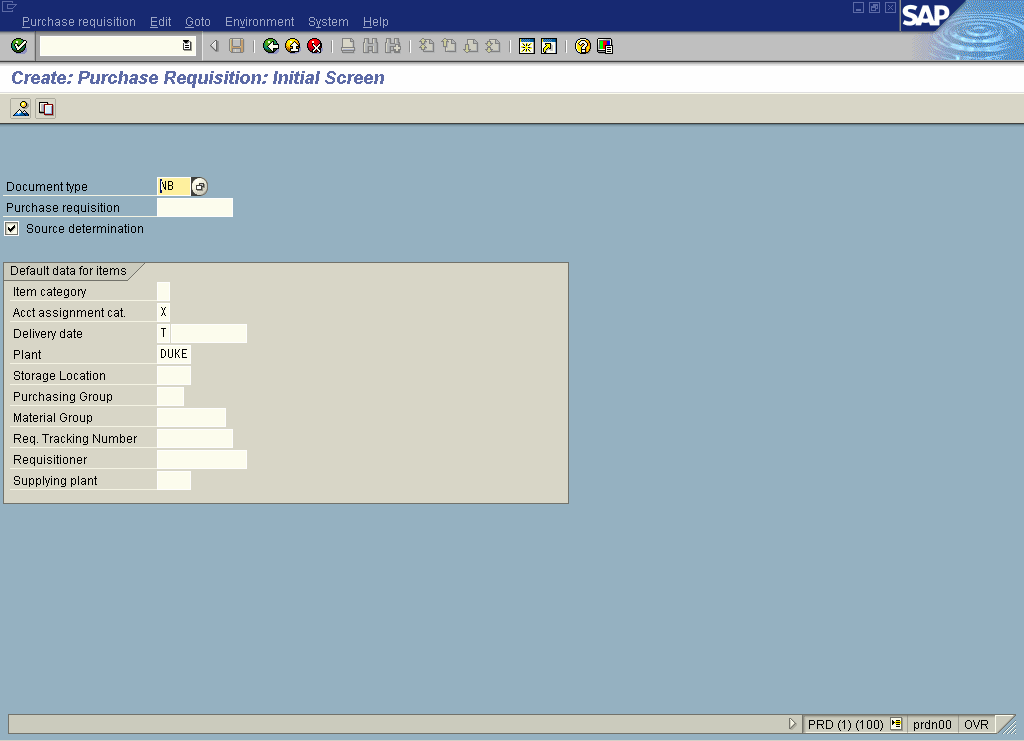
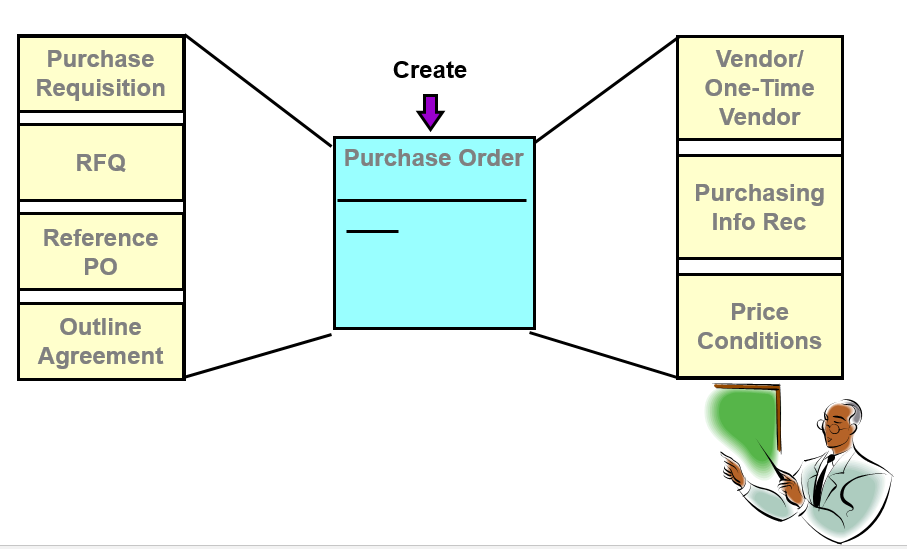
Leave a Reply